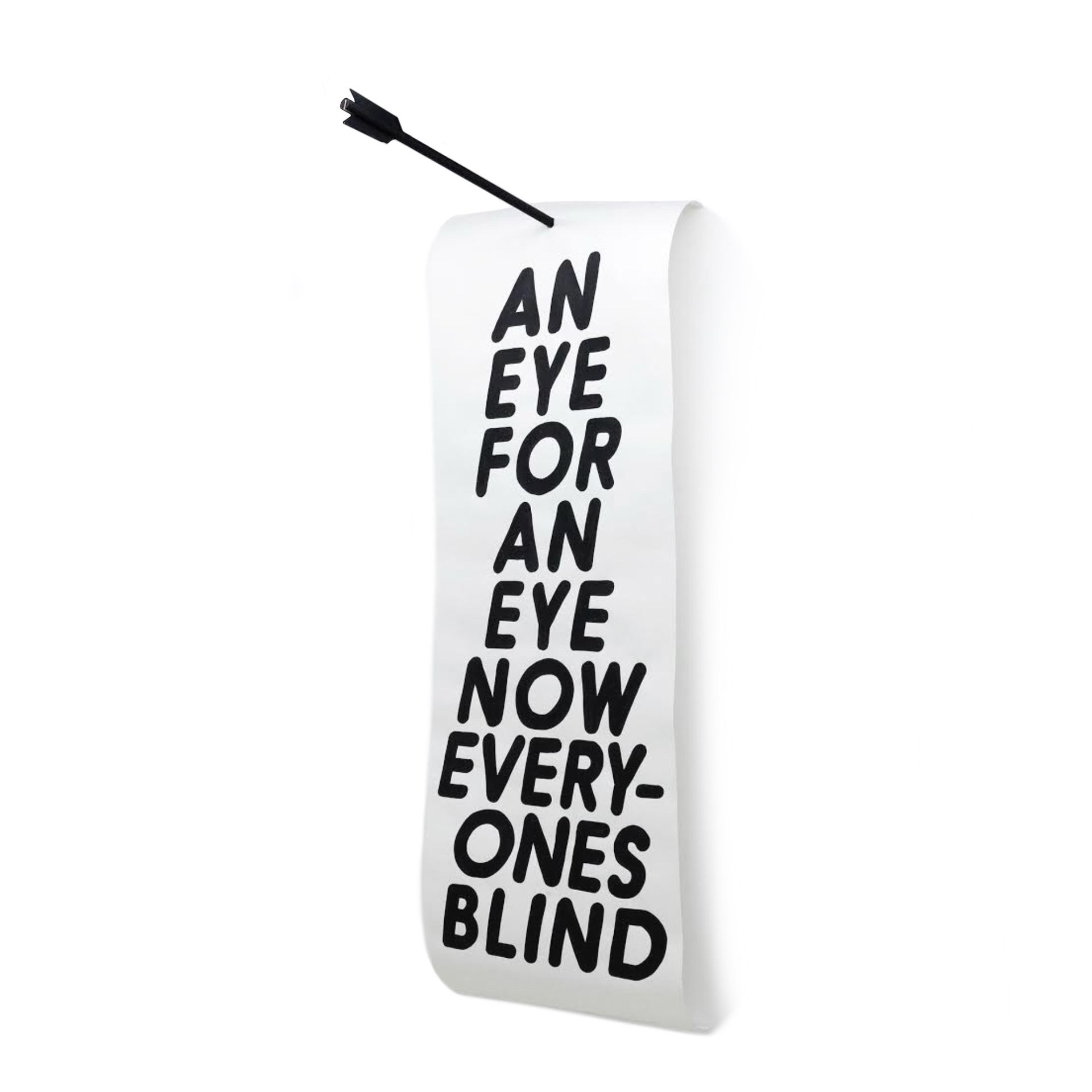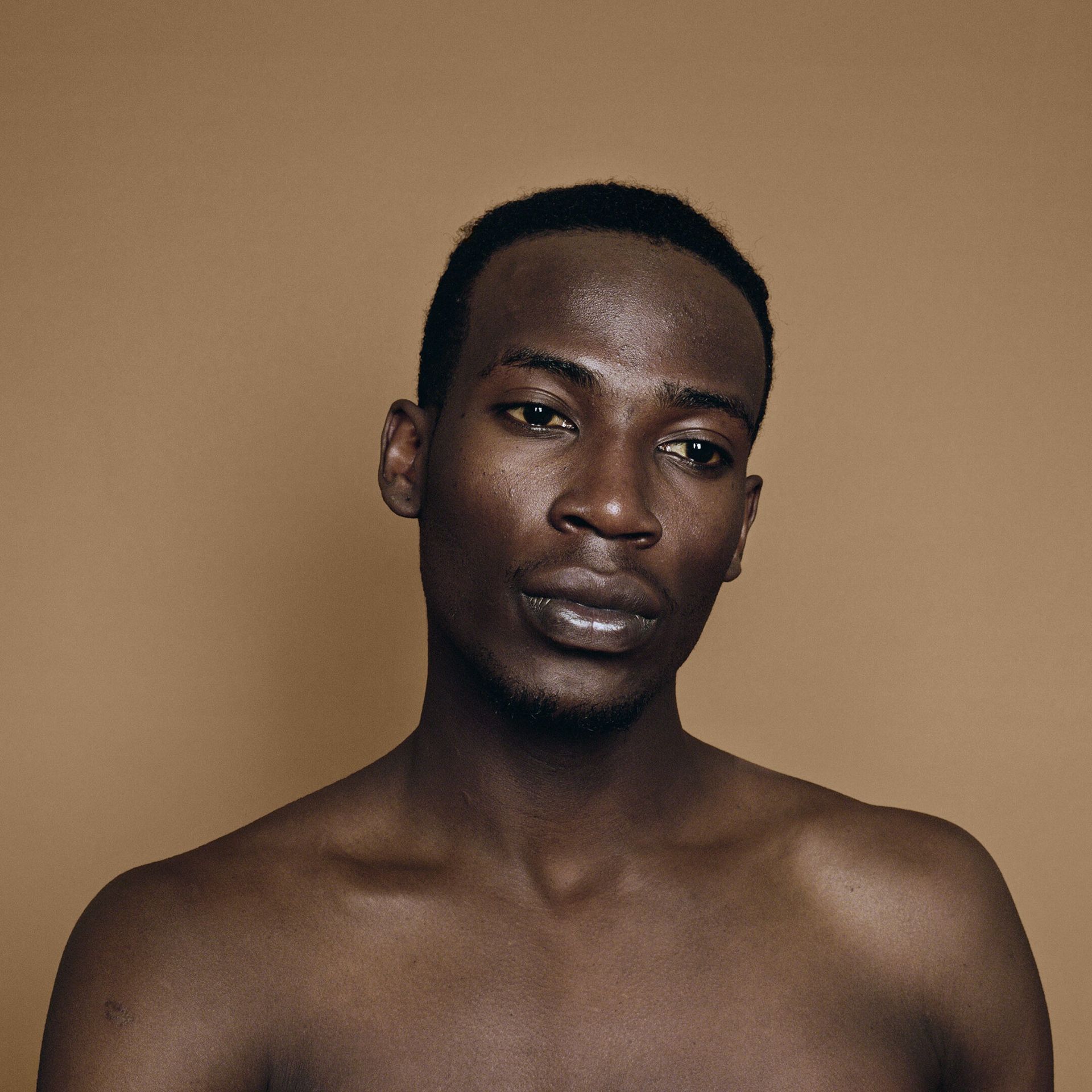Conceived in the wake of the pandemic and racial reckonings that have held a harsh light to inequities within museum practices, the new Institute of Contemporary Art San Francisco (ICA SF) is building its staff and programme with a set of values reflecting this moment. In January, timed with the city’s Fog Design + Art Fair, the ICA SF will soft-launch in a repurposed industrial building in the city’s Dogpatch area with three months of pop-ups by Bay Area creatives, then officially open next September with a large-scale exhibition of Jeffrey Gibson, the internationally recognised, multidisciplinary Choctaw-Cherokee artist.
“To do this the right way, we need to be sitting around tables with a very intersectionally diverse group of people in terms of heritage, socioeconomic backgrounds, expertise and fluency with museums and with the language of anti-racism,” says the ICA SF’s founding director Alison Gass, who had previously led the San Jose Institute of Contemporary Art, a similar non-collecting museum with a social justice orientation. “We’ve begun to build a team of staff and artists that will help us keep checkpoints on our intentions.”
Recognising that low pay and expectation of graduate degrees have been barriers in the museum profession, “we specifically took educational requirements and years of specific museum experience off of our job descriptions”, Gass says. She is also committed to paying above the mean established by the Association of Art Museum Directors salary survey for the ICA SF’s region and operating budget of $2.75m.

Liz Hernández, El templo sumergido en el aroma secreto de Urania (The Temple immersed in the secret scent of Urania) (2020) Courtesy of Brock Brake for Pt.2 Gallery
Gass has tapped Christine Koppes, who she worked with in San Jose, as the ICA SF's new curator and director of curatorial affairs. “Christine doesn’t have a masters degree but has the most incredible eye and her ear to the ground in the Bay Area and across California,” Gass says. Joining Koppes as curatorial and programming associate is Renee Cyla Villasenor, who did not come up through the curatorial ranks but had extensive experience organising public programmes at the Fine Arts Museums of San Francisco. “We made the decision to help Villasenor build their curatorial chops while knowing they could manage our soft-launch programme and engage diverse audiences,” Gass says.
Coming from the Rosenberg Foundation, which advances justice for communities of colour in California, Jonathan Carver Moore is the ICA SF’s director of donor relations, partnerships and programming. “He’s hit the ground running as someone who will help us reinvent what membership means and build the next generation of museum supporters,” Gass says. Also coming from outside the museum world is the new creative director Suzette Lee, experienced in digital storytelling working with the food delivery service Postmates and in creative management with the multimedia and tattoo artist Christopher Martin.

Christopher Martin, An Eye for An Eye (2020) Courtesy the artist
For the soft-launch programme titled Meantime, Martin is the first in a rotation of local artists, co-ops, activists and small businesses to take over the ICA SF every week from 19 January through 16 April (when the museum will close to finish its final renovations by Jensen Architects). Martin, who designed the ICA SF’s logo, plans to activate the raw space with a pop-up tattoo shop, bespoke clothing centre and art installation.
For the curatorial programme beginning in September, Gass envisions a roughly even split between providing a platform for emerging Bay Area and regional artists. That will include Liz Hernández and Ryan Whelan doing a project about the resilience of Bay Area residents, a group show of Bay Area artists curated by See Black Womxn (the duo of Tahirah Rasheed and Angela Hennessy) and bringing in established global artists expanding the canon like Gibson, who has not had a large west coast show before.

Erica Deeman, Asaba (2015) Courtesy the artist and Anthony Meier Fine Arts
The slate of artists lined up for 2023 includes the Baghdad-born, Los Angeles-based painter Hayv Kahraman; the Latinx, Los Angeles-based artist Patrick Martinez, who works in the language of street art and neon; Natani Notah, who lives in Tulsa and explores her Navajo (Diné) identity through her interdisciplinary practice; the Bay Area photographer Erica Deeman, who focuses on Black portraiture; and the five inaugural Gold Art Prize winners recognising artists who are Asian American and Pacific Islanders or from the Asian diaspora.
Gass believes her new socially and politically minded institution grounded in visual arts exhibitions will add to the rich ecosystem in San Francisco of big collecting institutions, small non-profits and comparable medium-sized spaces like the multidisciplinary Yerba Buena Center for the Arts and more academically orientated CCA Wattis Institute for Contemporary Arts.
“We know what makes a city a great arts destination and fosters a healthy artist community,” Gass says. “The answer is, more is more.”
- On 1 December, Alison Gass will join Los Angeles Museum of Contemporary Art director Johanna Burton and New Museum deputy director Isolde Brielmaier in a conversation hosted at Art Basel in Miami Beach called “Re-inventing the Institution? New Museum Leaders”.


